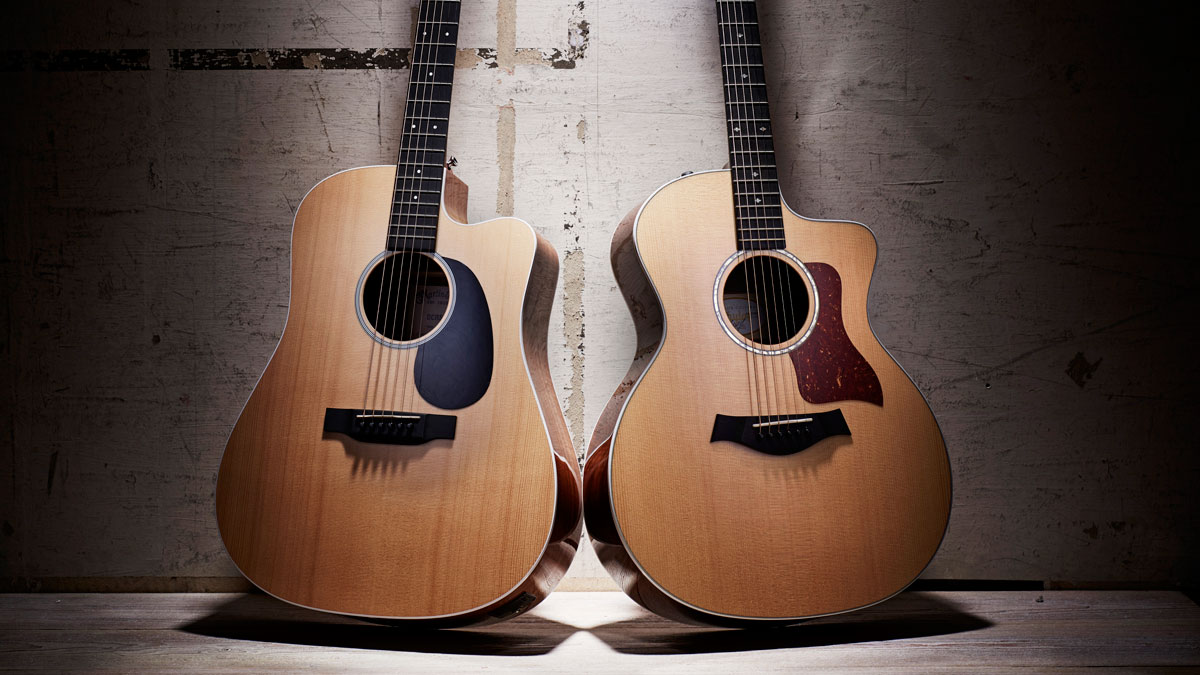
2017 was the year when guitarists were forced to come to terms with the increasing scarcity of traditional tonewoods.
New CITES regulations placed stringent controls on the export of guitars with rosewood ’boards and bodies and even major names like Fender were forced to look for alternative woods for fingerboards.
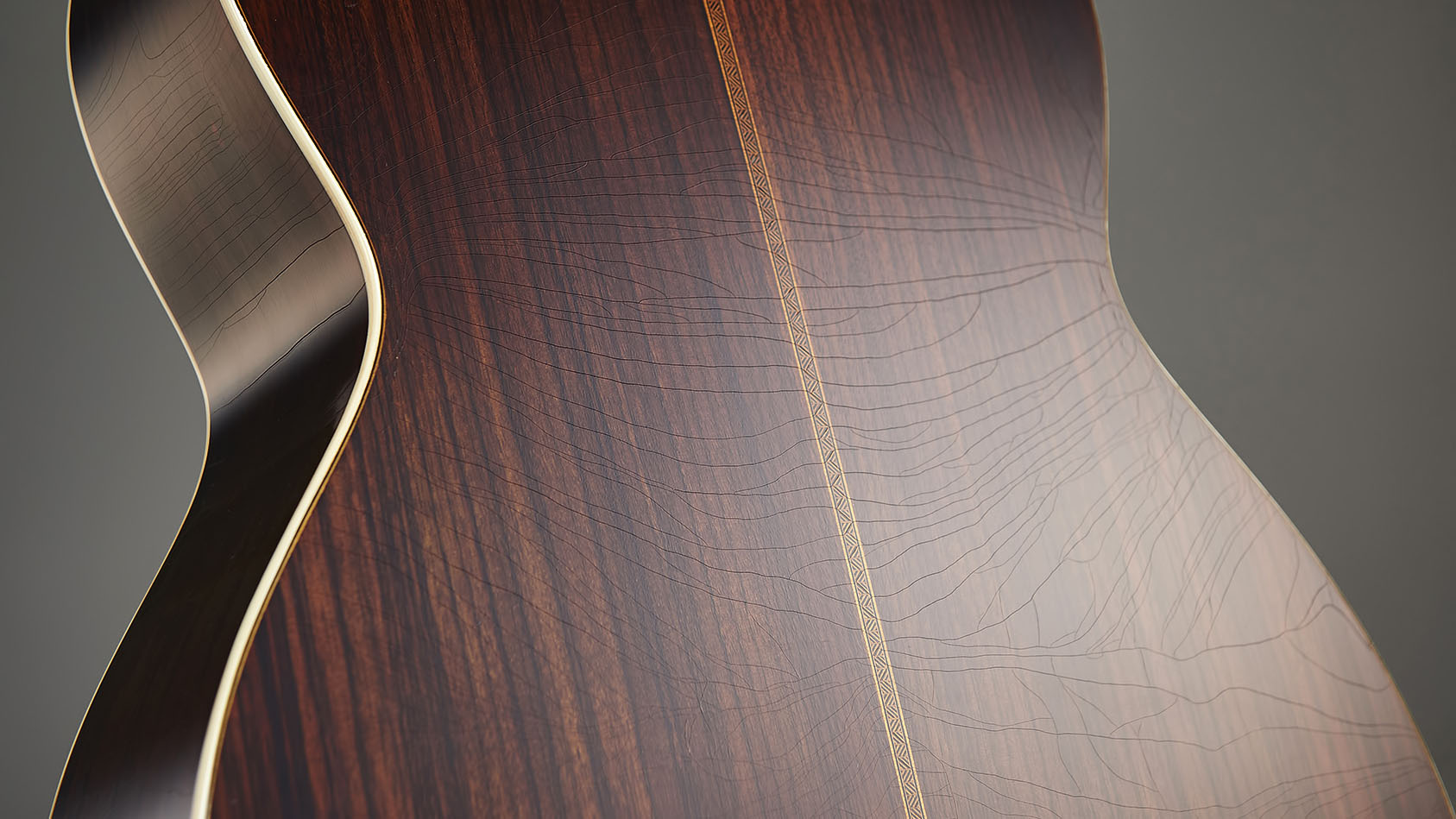
While the initial hue and cry may have died down a bit, it’s clear that a watershed point in guitar making has been reached. It means, among other things, that we can expect to see even more alternative woods being used as the industry tries to adapt. But sustainability isn’t the only reason for using non-traditional tonewoods, especially in the acoustic guitar market.
In a packed marketplace, where many brands and models vie for our attention, unusual tonewoods can open the door to striking new visual and tonal possibilities. And that’s not lost on the two biggest names in the market, who have both championed the use of sustainable woods for some time now.
Ahead, you’ll find a selection of eight alternative tonewood guitars with which Martin and Taylor are branching out…
Mutenye: Martin DCRSG
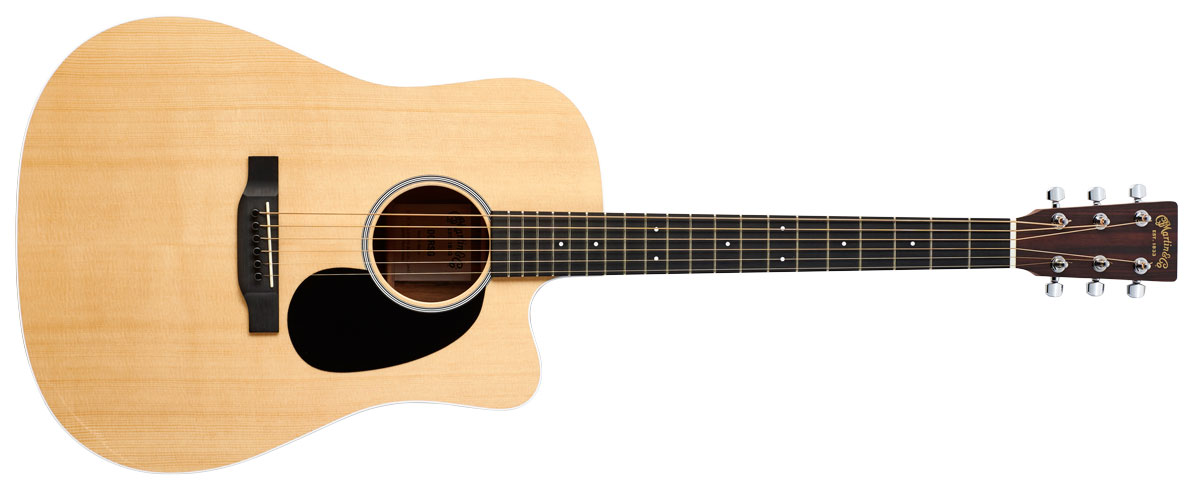
This Road Series model teams its industry-standard solid Sitka spruce top with far less common mutenye back and sides. Mutenye is an African tonewood similar to rosewood and ovangkol. Martin reckons it delivers a “beautiful even tone with good bass response and clear mids and trebles”.
Copafera: Taylor 214CE-CF DLX
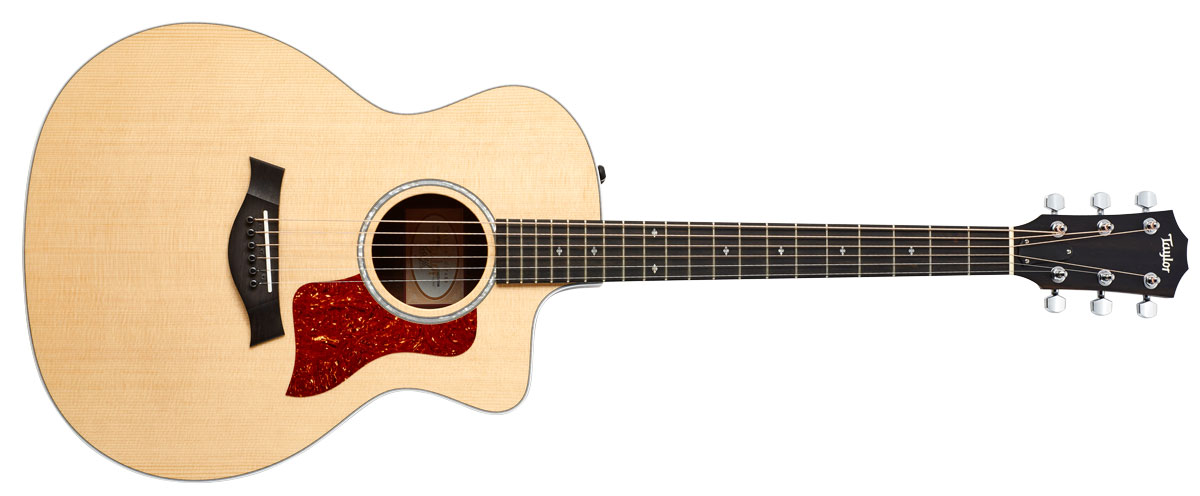
Utilising a natural process, Taylor has enhanced the visual appearance of the layered copafera back and sides that adorn this 214 model, lending it a mix of mocha, auburn and cinnamon hues. Paired with a Sitka spruce top, it promises to deliver a “clear, dynamic response” according to Taylor.
Get the MusicRadar Newsletter
Want all the hottest music and gear news, reviews, deals, features and more, direct to your inbox? Sign up here.
Siris: Martin DRSG
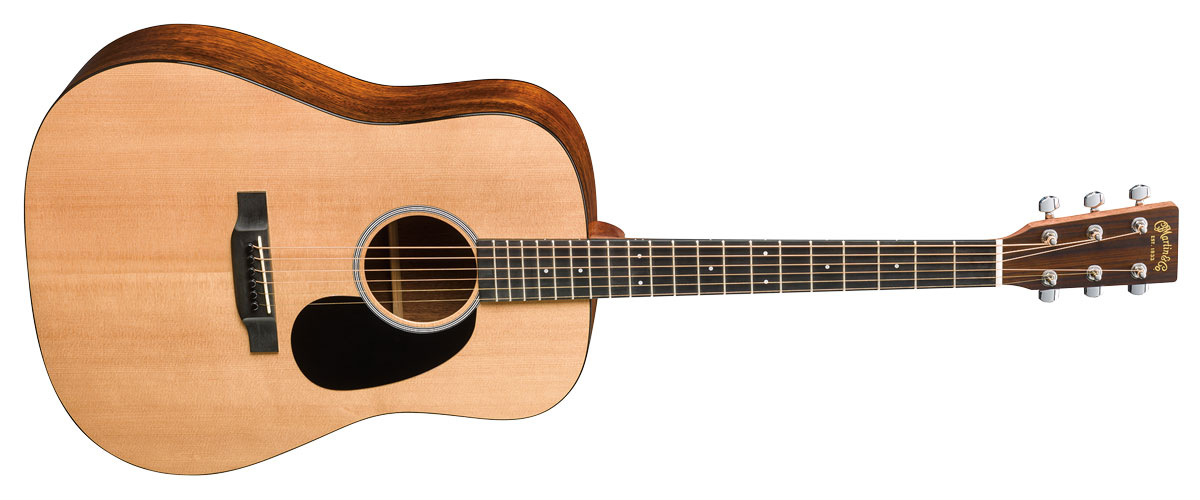
Martin isn’t shy about diversifying the dreadnought in the Road Series, which the DCRSG is also part of alongside this model. Siris is used here as tonewood at the back and sides. It’s an Indian tonewood (that’s also known as ‘East Indian walnut’) and is marginally lighter and more dense than its rosewood brethren.
Siris shares tonal characteristics with koa, and it’s said that its clear, balanced tone occupies a middle ground between rosewood and mahogany in volume and overtones.
Sycamore: Martin DC-16E
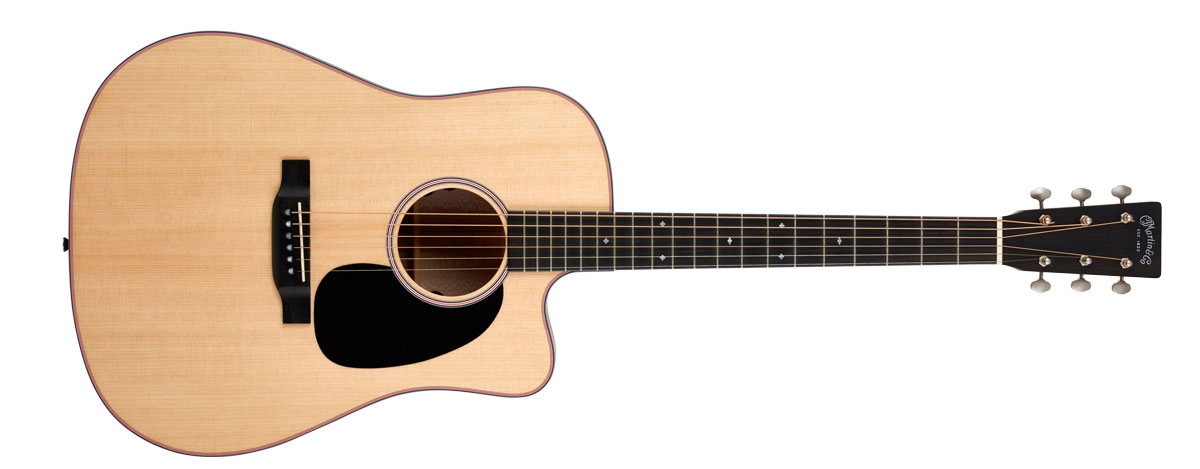
The company searched closer to home for the back and sides on this 2017 Americana Series model – in fact, the street its factory is on in Nazareth, Pennsylvania also bears the name of sycamore. Despite that, it’s the first time this American hardwood has been used on a series of Martin guitars. But that’s not the only revolution for the 16 series: the 000 depth and nontraditional silver binding mark this out as one of the most striking dreadnought models from Martin in some time.
Cherry: Martin OMC-16E
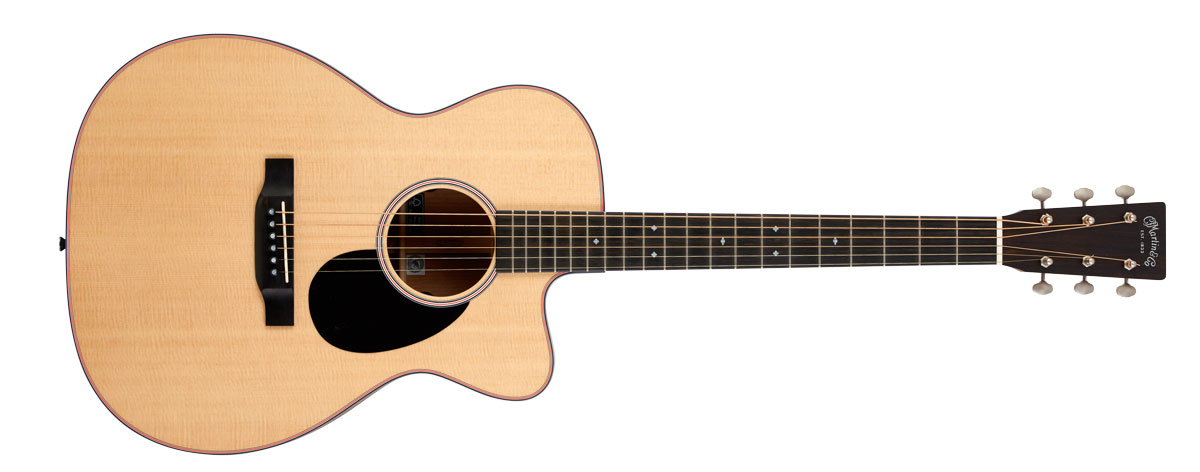
The new 16 Series models for 2017 also debuted this cherry-back-and-sides model. A wood harvested from Martin’s home state, no less. It’s chosen for the orchestra shape because Martin believes it offers a warmer tone for a smaller body.
In addition to its vibrant grain, the company also likens the density and reflectivity to that of maple with a ‘rich, projective midrange and balance without favouring the bass or treble frequencies.’ This model is available in the current catalogue.
Tasmanian Blackwood: Taylor 322ce
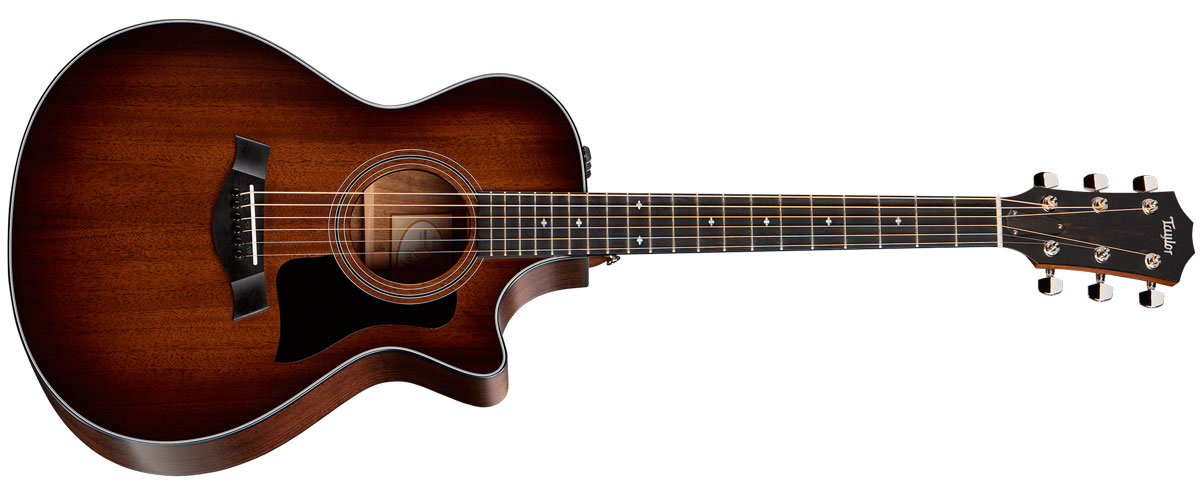
This mahogany-top cutaway Grand Concert from the 300 Series features Tasmanian blackwood that some players may know from Australian builders Cole Clark or Maton. Taylor characterises the wood as having a strong volume, focused midrange and rich top-end shimmer.
Here, it’s been paired with mahogany to provide a warm and dynamic response from the smaller body. This adds to the vintage look of the edgeburst top, with the black binding and pickguard further accentuating the look.
Hawaiian Koa: Taylor 224ce-K DLX
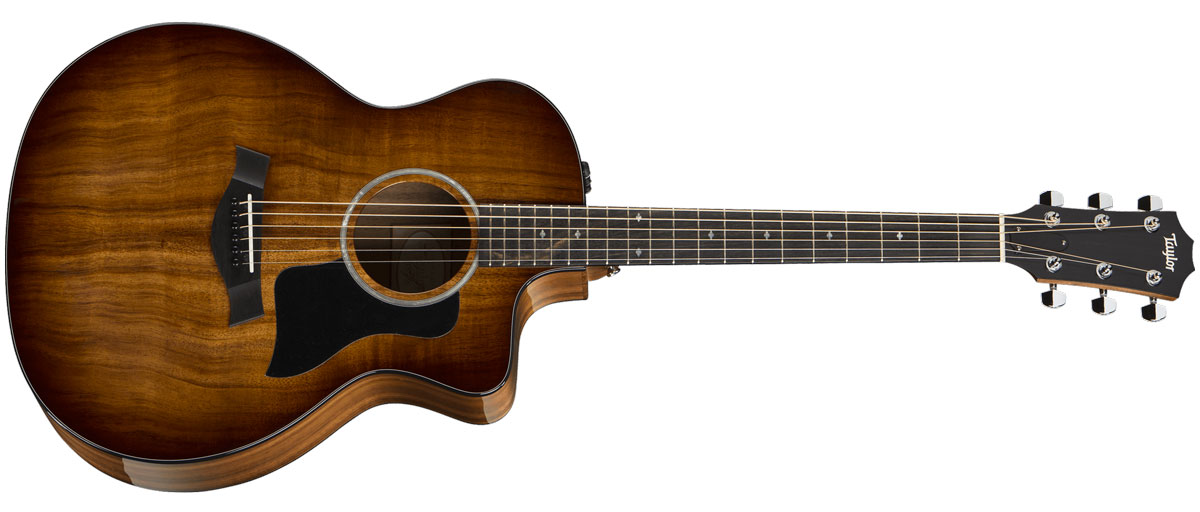
The layered koa at the back and sides of this Grand Auditorium (in the same range as the 214ce-CF DLX) is paired with a Hawaiian-koa top to take full advantage of the frequently striking waves in its grain.
Koa has already proved popular for a version of Taylor’s GS Mini, and its focused tonal character can be especially attractive for fans of mahogany. Taylor views its tonality as providing a natural compression, with a sustaining ‘roll-in’ effect to notes, and some top-end shimmer too.
Maple: Taylor 614ce
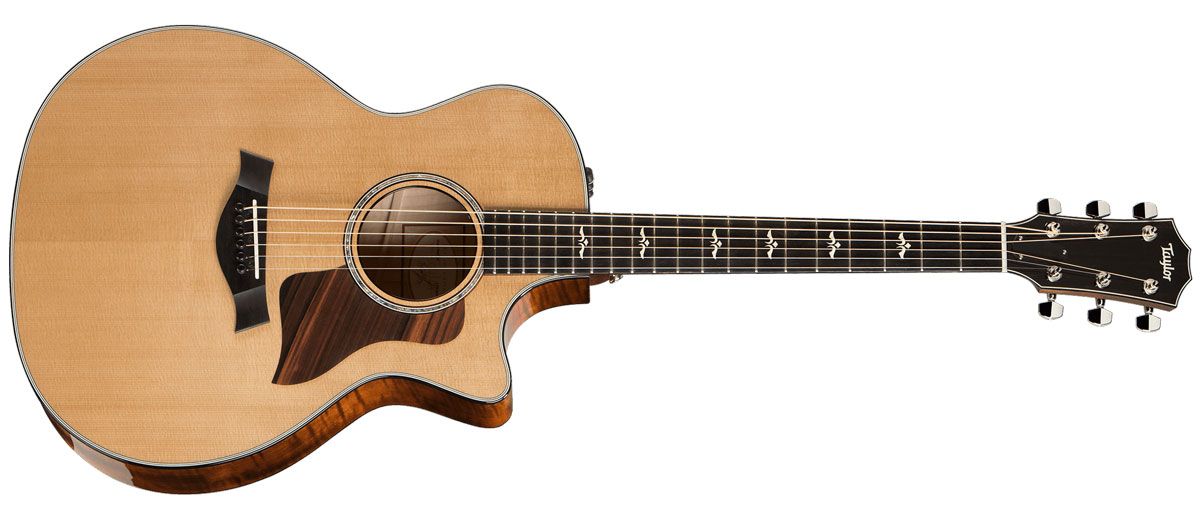
Maple is a Pacific Northwest wood that’s associated with bright character for acoustic building. However, its inclusion in Taylor’s 600 Series comes with a commitment to revoicing this tonewood for greater warmth, volume, richness and sustain to add to its top-end clarity with more sonic dimensions.
In making its maple guitars more dynamic and versatile, the idea is that they can become worthwhile choices for players looking for a do-it-all acoustic for home, stage and studio.

Rob is the Reviews Editor for GuitarWorld.com and MusicRadar guitars, so spends most of his waking hours (and beyond) thinking about and trying the latest gear while making sure our reviews team is giving you thorough and honest tests of it. He's worked for guitar mags and sites as a writer and editor for nearly 20 years but still winces at the thought of restringing anything with a Floyd Rose.
“For those on the hunt for a great quality 12-string electro-acoustic that won’t break the bank, it's a no-brainer”: Martin X Series Remastered D-X2E Brazilian 12-String review
“Beyond its beauty, the cocobolo contributes to the guitar’s overall projection and sustain”: Cort’s stunning new Gold Series acoustic is a love letter to an exotic tone wood











